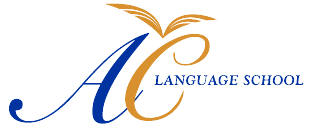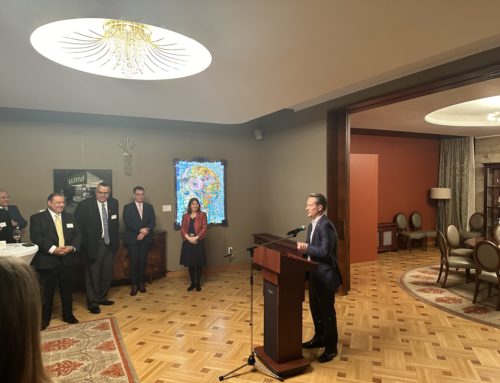Greetings, Language Enthusiasts and Educational Innovators,
I am thrilled to explore a transformative trend that is redefining language education – the personalized learning revolution through adaptive technologies in the English as a Second Language (ESL) landscape. In our pursuit of educational excellence, we must recognize the potential of technology to shape tailored learning experiences that empower learners to master language skills with unprecedented precision and depth. Join me on this journey as we unravel the intricate tapestry of personalized ESL education.
The diversity of language is a testament to the rich cultural fabric that defines our global community. Yet, mastering a new language is no small feat. Traditional approaches to ESL education have often adhered to a one-size-fits-all model, treating learners as homogenous entities. However, with the advent of adaptive technologies, we now have the power to shatter these limitations and offer learners a truly personalized pathway to language proficiency.
At the heart of personalized learning in ESL lies the fusion of pedagogy and technology. Adaptive algorithms analyze learner performance, track progress, and identify areas of strength and weakness. Armed with these insights, learners are guided through tailored learning experiences that cater to their unique needs. This targeted approach ensures that time is spent where it matters most, accelerating language acquisition and boosting confidence.
The real magic of personalized ESL learning unfolds in the individualized feedback loop. Gone are the days of waiting for an assignment to be graded; adaptive technologies offer immediate feedback, enabling learners to correct errors and solidify concepts in real time. This continuous feedback loop is a game-changer, as it fosters an iterative approach to learning and cultivates resilience in the face of linguistic challenges.
Moreover, personalized learning does not confine itself to the digital realm alone. It has the potential to transform traditional language classrooms into dynamic hubs of interaction. Educators become facilitators of curiosity, leveraging adaptive technologies to customize lesson plans, address individual learning gaps, and encourage peer collaboration.
In the context of ESL education, personalized learning is particularly potent. Learners come from diverse linguistic backgrounds, and their language journeys are as unique as their cultural experiences. Adaptive technologies offer a bridge that bridges these differences, recognizing that each learner’s path to language mastery is a story of its own.
However, as we navigate this transformative landscape, we must remain mindful of the ethical considerations that technology brings to the forefront. Data privacy, algorithmic bias, and ensuring that technology remains a tool and not a replacement for human interaction are all vital aspects that we, as educational leaders, must vigilantly address.
In conclusion, personalized learning through adaptive technologies is not just the future of ESL education; it’s the present reality that propels language learners toward unprecedented heights of fluency and cultural understanding. As education leaders, we stand at the intersection of innovation and empathy, armed with the tools to empower learners to communicate effectively across linguistic divides.
With unwavering dedication to the power of personalized education,
AC






